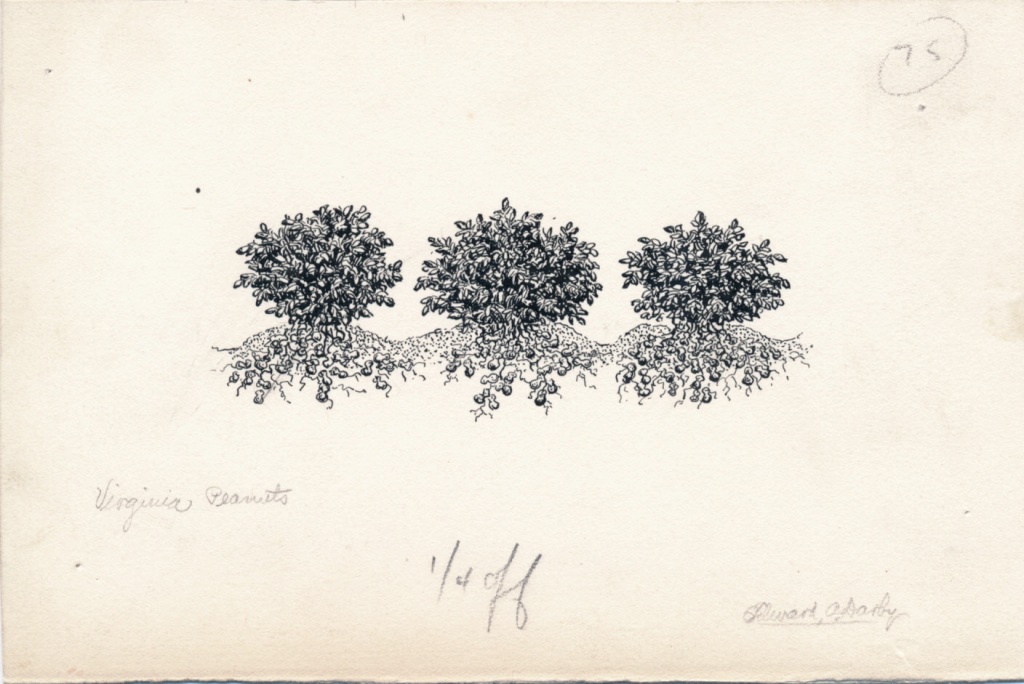Collection of Pierre Daura Paintings and Drawings
D1:004
c. 1920–1974
120 works of art, including 57 watercolors; 24 oil paintings; and pieces in tempera, gouache, pastel, ink, pencil, charcoal, wood, and mixed media, ranging in size from 7 x 10 inches to 32 x 26 inches
Pierre Daura (1896–1976), born Pere Francesc Joan Daura i García, was a noted Catalan-American artist. Following early training at the School of Fine Arts (La Llotja) in Barcelona, Daura moved to Paris in 1914 to complete his artistic education. After military service in Minorca during World War I, he returned to Paris in 1920 and became part of its vibrant postwar modern art scene. Daura married the American artist Louise Heron Blair in 1928, and—following the outbreak of World War II—he spent the second half of his life in her home state of Virginia. Daura produced many depictions of the landscape and people of Rockbridge County, where the family settled, and worked prolifically in a variety of media and styles. During the 1940s and 1950s, he also taught at Lynchburg College and Randolph-Macon Woman’s College.
The Library of Virginia’s collection of Daura’s work represents both the longevity and breadth of his artistic career, with its greatest strength the images of people and places near his Virginia home. These include self-portraits done over three decades as well as portraits of his wife, their daughter Martha Daura, other family members, … Read the rest
Collection of Pierre Daura Paintings and Drawings Read More »


